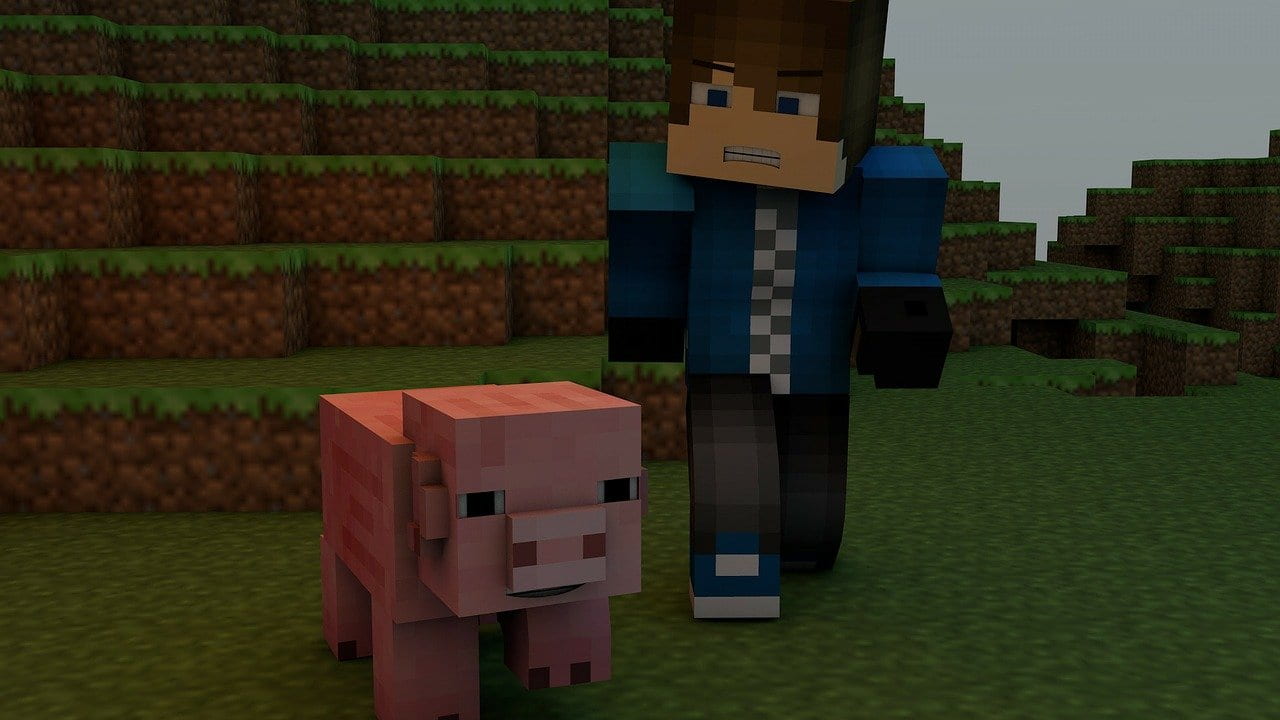 By Golda Janzen (Langley School District #35 Administrator)
By Golda Janzen (Langley School District #35 Administrator)
As an elementary school administrator, I recognize that the inclusion of all students is not merely saying “You belong” to a student, but finding ways that support this precise statement on a daily basis. Inclusion in our schools requires encouraging collaborative imagination to make sure everyone feels like a part of the school environment. However, as the environment and students both change, so must our approach and efforts at positively engaging our learners.
The Special Education department is an area I am passionate about leading and working with, as they are an integral team who support and foster growth in our vulnerable students’ emotional, physical and mental needs. More than ever, the COVID-19 pandemic has highlighted how vital this team is in reaching our most vulnerable learners. Facing serious issues of equity, access and inclusion, my team has collaboratively engaged in a process of reimagining how we support all our students.
Soon after moving to remote learning, a staff member emailed me to support them in uploading a video to our school platform for their students to engage with during online learning. I realized I had an opportunity that could extend beyond one staff member’s students and I asked them if I could share their video with other Resource Staff, both within our school and within our school district.
With the Special Education Assistant’s cheerful “YES!” and support, we then shared this work with our entire staff, which planted seeds for supporting learners. In addition, when dialoguing on our district’s online forum, I noticed that other educators wanted support in connecting with their students as well. I was able to offer this video as a sample to guide their creation of a personal video for their students. While the video content itself would create another reason to write and share, I want to highlight the importance of imaginative collaboration to support all our learners.
Imaginative Collaboration in Action
Another instance of the importance of imagination and collaborating for our team was with how we helped provide support for our students with autism. Initially, planning started with the student and their parents. Through careful probing and listening, we inquired into what they were currently passionate about. Prior to COVID-19, some of our children with an autism designation would have received respite*. Due to the pandemic, some families had been without respite at the school level and through their outside Behavior Interventionist. Understandably, both the parents and child began to feel overwhelmed and fatigued from the worldwide situation.
What we identified was that there were children, prior to being off at school, that struggled with working on academic schoolwork and being at school for full days without a meltdown, as well as other challenging behaviours. As a leader it was important to recognize there may be students undergoing unknown trauma resulting from or exacerbated by the pandemic and, therefore, it was imperative to collaboratively discuss complex students’ needs with parents and their teachers.
The Building Blocks of an Imaginative Opportunity
Faced with this complex situation, we wondered:
How could we best make connections during this societal stressful time to support the child’s mental health?
Through dialoguing with Special Education Assistants, the children, parents, Resource Teacher, Behaviour Interventionists, we were able to devise plans that aimed to meet each student’s individual needs, some of which included the idea to create altered school environments. More specifically, we would meet some of our students virtually on Minecraft.
This “move” of our school environment to Minecraft allowed a student to have lengthy online conversations where they could describe the world they built and how. While this was not always an existing skillset for our students, it was fascinating to see how the least talkative of students would openly divulge their coveted gaming world on Microsoft Teams (an online video conference platform) to the adult working with them. Through some clever prompting and interest in their passion, students were happy to share their joy. Curiously, in these sessions the student became the teacher, which I quickly realized was an easy way to build their self-esteem while hooking them in regular online meetings with their Resource Team.
Supporting Students in a Changed in-Person Environment
Later, when we returned to school in April with both Essential Worker Students and vulnerable students, we knew that we had established an outside connection to help ease our students into the school setting. Keeping in mind that the school setting was no longer the way they had left it prior to COVID-19, the challenge of creating an engaging and safe learning space became our main focus for welcoming learners back. We actively engaged our imaginations to try to see “school” through the lens of a child with autism.
Through careful and thoughtful planning, we actively prepared for students who sought to return to their previous—and preferred–routines and freedoms. The structural changes required by COVID-19 were unexpected for these students. We were concerned about how they would respond and adapt. A vigilant team approach was required to ease these students into unfamiliar routines and an unfamiliar context.
As an administrator it is important to engage the team in a dialogue as to how we can make this work for our vulnerable learners. Again, through collaboration with others, we were able to increase the hours and success of our learners in the building and have the students wanting to return to the new and altered environment. We were transparent with our students as to why the alterations occurred, however, how we explained this happened differently based on the age and needs of each student.
 For some we did this through school site developed social stories: using the platform Microsoft Teams to dialogue and communicate with students, as well as Microsoft Stream to share videos. We introduced the changes to other children through simple worded conversation and explanation, knowing we would need to revisit this with most our students. Aware that our students had the shared desire to return to what they were familiar with prior to COVID-19, we invited students to lend their input on how we could work within the new safety protocols to ensure they were comfortable while learning and playing at school.
For some we did this through school site developed social stories: using the platform Microsoft Teams to dialogue and communicate with students, as well as Microsoft Stream to share videos. We introduced the changes to other children through simple worded conversation and explanation, knowing we would need to revisit this with most our students. Aware that our students had the shared desire to return to what they were familiar with prior to COVID-19, we invited students to lend their input on how we could work within the new safety protocols to ensure they were comfortable while learning and playing at school.
Successful inclusion for vulnerable learners requires an investment of time spent with the stakeholders of each child. Through the collaboration of the school team and imaginative flexibility learning will occur even amidst the most challenging of times. As a leader it is important, we create spaces and opportunities for dialogue and sharing. We must also empathize, engaging our imagination to see the situation through the lens of our students to ensure their success.
*Respite is care by a trained professional in areas such as autism to work with children with ASD. During this time they provide new ways of learning and care while allowing the parent time to rest and/or learn from the respite provider. The respite care can come both from school staff while the child is in school or home care providers (like Behaviour Interventionists or ABA SEAs).




